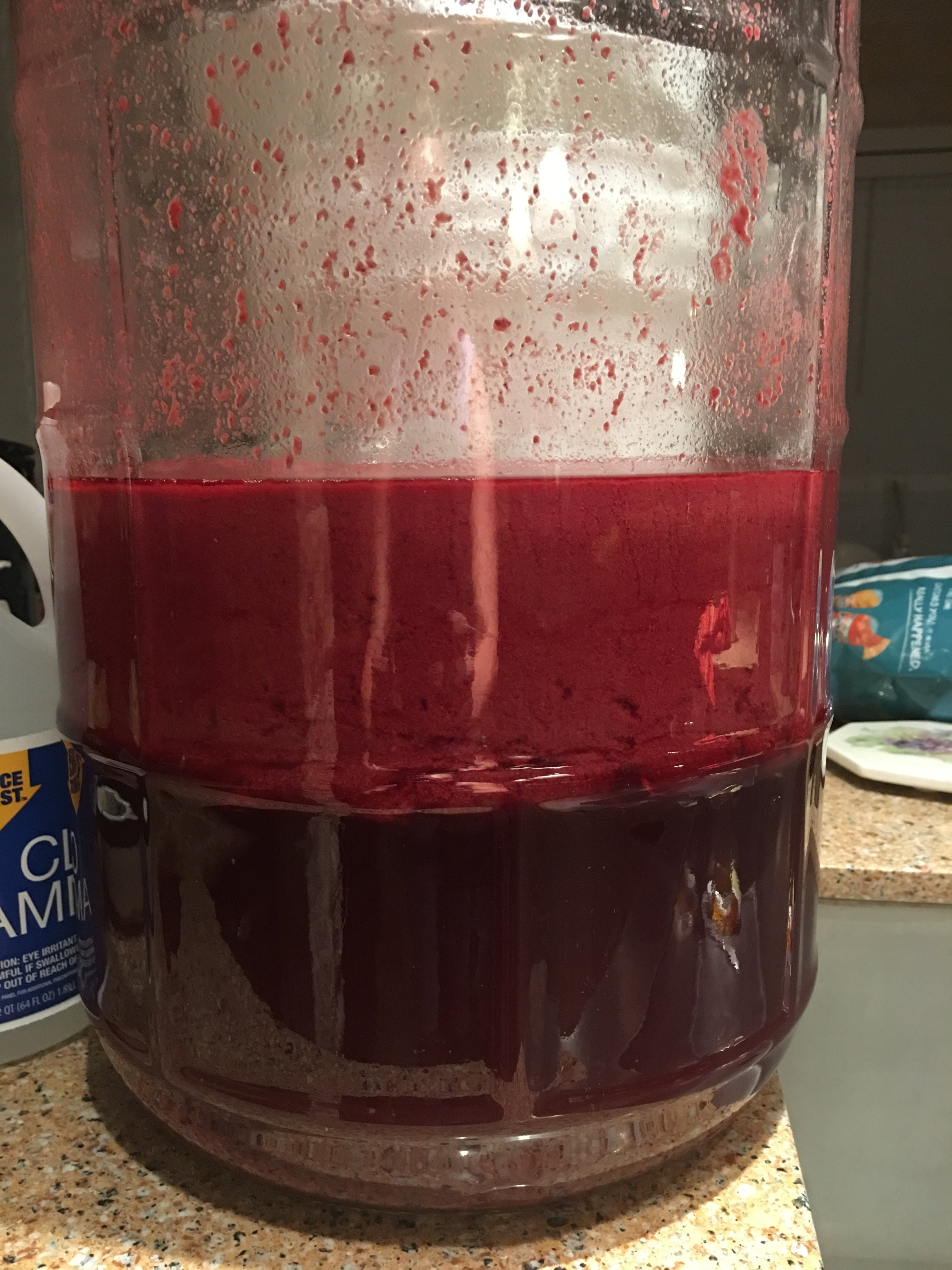NurseBetty
Member
Ok. I'm an idiot and probably didn't research as much as I should have, but a couple weeks ago, I bought a wine making kit. I have a lot of blackberries on my place and harvested a bunch of blackberries and 6 days ago, started my first batch of wine.......well. I didn't realize that I had to add water to the 3 piece type airlock thing that goes on top of my bucket. Today, I sterilized my carboy and syphoned my product into my carboy and while watching YouTube video on how to do it realized there was water in the airlock on the video........ It had been in that bucket 6 days...... did I mess up my wine? The bucket lid was on and the airlock was in place, it just didn't have water in it. I tasted the wine mixture and it was really sour tasting. IDK if it is ruined, needs more sugar, just needs more time or what. Any advice would be greatly appreciated.




